Worried about your beautiful glass bottles breaking or getting cloudy? Accidents happen, but you can prevent them! Keep your glass looking new for years to come.
Extend your glass bottle life by handling them gently, cleaning them correctly, and storing them safely. Proper care prevents scratches, cracks, and cloudiness, keeping your bottles pristine for longer use and enjoyment.
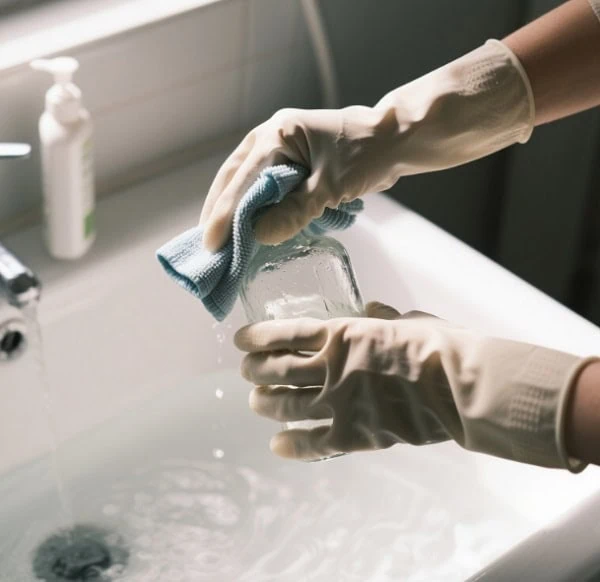
It’s amazing how a simple glass bottle can hold so much potential. When I first started in the glass bottle factory, I saw how easily some bottles would break, while others lasted for ages. I learned then that it all came down to how we treat them. Let’s dive into the best ways to care for your glass bottles, making sure they serve you well for a long time.
How do you store glass bottles?
Are you wondering how to keep your glass bottles safe and sound? Improper storage is a common culprit for damage, leading to chips, cracks, or even shattering. Let’s ensure your precious glass collection stays intact.
Store glass bottles in a cool, dry place away from direct sunlight and extreme temperature changes. Use padded shelving or dividers to prevent them from knocking into each other, and always store them upright to minimize spills and pressure on seals.
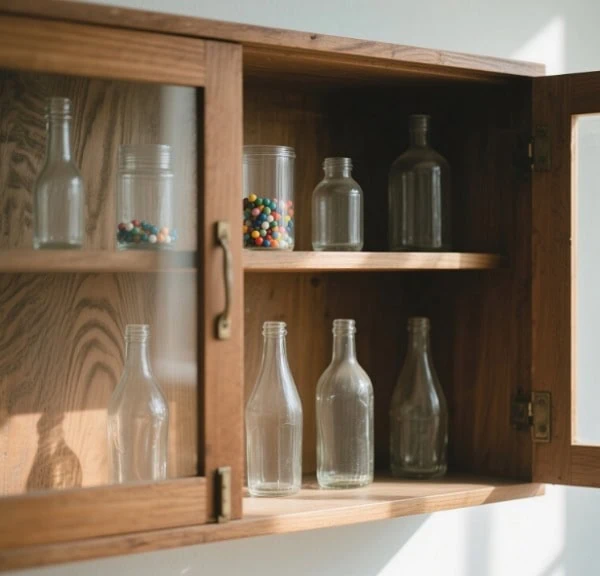
From my experience, how you store a glass bottle makes a big difference. I remember one client who kept having issues with their specialty olive oil bottles cracking. We traced it back to them storing the bottles in a warehouse that got extremely hot in summer. Heat expands glass, cold contracts it, and constant changes cause stress. Here is how I recommend storing your glass bottles to keep them safe:
- Temperature Control: Keep bottles in a place with a stable temperature. Avoid attics, garages, or areas near heat vents or direct sunlight.
- Protection from Bumps: Use bottle dividers or individual sleeves. This stops bottles from clinking together. Soft liners on shelves also help.
- Upright Position: Always store bottles standing up. This prevents pressure on the cork or cap. It also stops liquids from touching the seal, which can cause issues over time.
- Accessibility: Arrange bottles so you can easily take one out without disturbing others. This lowers the chance of accidental knocks.
| Storage Location | Best Practices | Things to Avoid |
|---|---|---|
| Pantry or Cupboard | Cool, dry, dark place; use shelf liners | Near stove, dishwasher, or sunny window |
| Wine Cellar/Fridge | Stable temperature (50-55°F); horizontal for corked wine | Fluctuating temperatures; vibration |
| Display Shelf | Away from high traffic areas; secure footing | Direct sunlight; wobbly surfaces |
How to clean glass bottles for reuse?
Are your reusable glass bottles looking a bit dingy or holding onto old smells? Proper cleaning is key for hygiene and extending their life. Don’t let residue or odors stop you from giving them a second chance!
To clean glass bottles for reuse, first rinse them thoroughly with hot water. Use a bottle brush with soap and water to scrub the inside. For stubborn residues, fill with hot water and a little baking soda or white vinegar, let it sit, then scrub and rinse until clear.
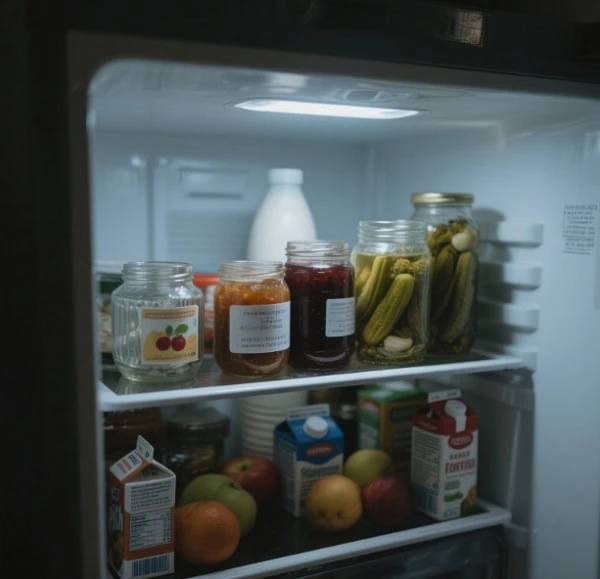
Cleaning glass bottles sounds simple, but there are tricks to it. When I was learning about quality control, I saw firsthand how a poorly cleaned bottle could ruin a product. Imagine a beautiful perfume, only to have it smell like old dish soap because the bottle wasn’t properly rinsed! Here’s my step-by-step guide to make sure your bottles are spotless and ready for their next life:
- Initial Rinse: Right after use, rinse the bottle with warm water. This stops residues from drying and sticking.
- Soak if Needed: For dried-on grime, fill the bottle with warm, soapy water. Let it soak for a few hours or overnight.
- Scrubbing Power: Use a long-handled bottle brush. Make sure the brush can reach all parts of the inside.
- Natural Cleaners: For smells or tough stains, try baking soda and vinegar. Put a spoonful of baking soda inside, add some white vinegar, and let it fizz. This breaks down many residues.
- Thorough Rinsing: This is super important. Rinse the bottle many times with hot water. Make sure no soap or cleaner is left behind. Hold it up to the light to check.
- Drying: Let the bottle air dry upside down on a drying rack. This stops water spots. For faster drying, use a bottle dryer or a clean, lint-free cloth.
| Cleaning Challenge | Solution | Why it Works |
|---|---|---|
| Residue / Stains | Hot water + baking soda + vinegar soak | Creates fizzing action to lift grime |
| Lingering Odors | White vinegar rinse or activated charcoal | Vinegar neutralizes odors; charcoal absorbs them |
| Cloudy Glass | Denture tablets or lemon juice + salt scrub | Break down mineral deposits; abrasive cleaning |
| Narrow Necks | Rice + soap + water shake method | Rice acts as a gentle abrasive to scrub insides |
How can we reuse glass bottles?
Have you ever wondered what more you can do with your empty glass bottles besides recycling them? Giving them a new purpose is a fantastic way to be eco-friendly and get creative. Don’t just toss them; transform them!
You can reuse glass bottles in many creative ways, such as for storage (food, spices, craft supplies), decorative items (vases, candle holders, terrariums), or practical uses (water bottles, soap dispensers). Always clean and sanitize them thoroughly before repurposing.
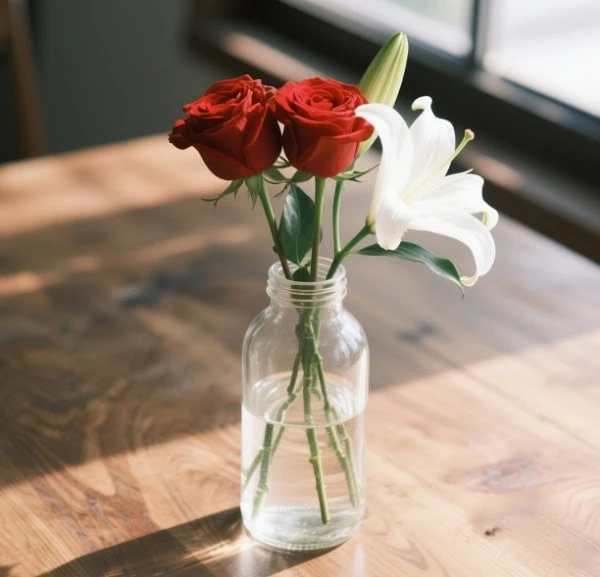
When I started WXglass, a big part of my vision was about sustainability. I’ve always believed that glass is an amazing material because it can be used again and again. I’ve seen customers get incredibly creative with how they repurpose our bottles. Here are some of the most popular and ingenious ways people are giving glass bottles a second life:
- Storage Solutions: This is the most common use. People use glass bottles for storing homemade sauces, flavored oils, spices, dried herbs, or even craft supplies like beads and buttons. Make sure they are food-grade if you plan to store food.
- Decorative Pieces: A clean glass bottle can become a beautiful vase for flowers. You can also paint them, wrap them in twine, or fill them with fairy lights to create unique home decor.
- DIY Projects: Turn them into soap dispensers by adding a pump top. Make them into terrariums by adding small plants and soil. Some even convert them into drinking glasses or candle holders.
- Gift Packaging: Fill a nicely cleaned bottle with homemade treats, bath salts, or a special blend of tea. Tie a ribbon around it, and you have a personalized, eco-friendly gift.
- Organization: Use different sized bottles to organize small items in your garage, craft room, or office. Label them clearly so you know what is inside.
| Reuse Category | Specific Examples | Tips for Success |
|---|---|---|
| Kitchen | Olive oil dispenser, spice jar | Ensure food-safe; use pour spouts or shaker tops |
| Home Decor | Vase, fairy light holder | Clean thoroughly; remove labels completely |
| Crafts | Paint storage, bead organizer | Label clearly; use appropriate caps or stoppers |
| Gardening | Self-watering plant stake | Ensure proper water flow; check bottle stability |
How to sanitize glass bottles?
Are you concerned about germs or bacteria lingering in your glass bottles, even after cleaning? Proper sanitization is essential, especially when bottles will hold food, drinks, or sensitive products. Don’t take chances with hygiene.
To sanitize glass bottles, you can use heat methods like boiling them in water for 10 minutes or baking them in an oven at 250°F (120°C) for 15 minutes. Alternatively, a diluted bleach solution (1 tsp bleach per gallon of water) can be used, followed by a thorough rinse.
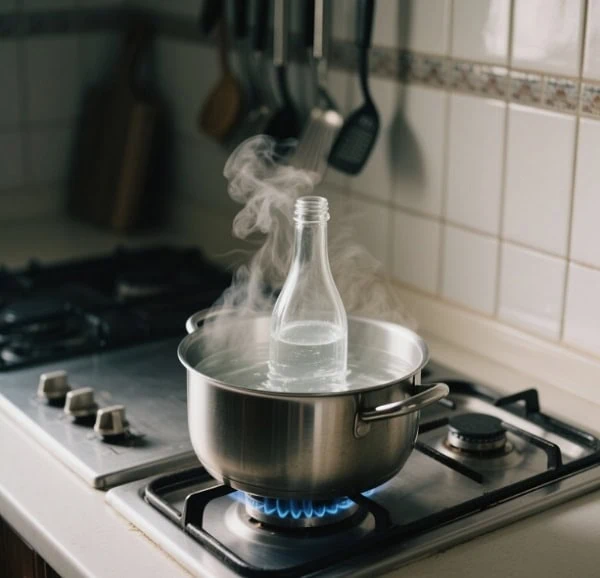
Sanitizing bottles was a critical step in many of the packaging lines I worked with. It’s not enough to just clean them; you need to kill off any lingering microorganisms. I remember once, a batch of bottles wasn’t properly sanitized for a beverage client, and it led to spoilage. We learned the hard way how important this step is. Here are the methods I recommend for properly sanitizing your glass bottles:
- Boiling Method: This is a simple and effective way. Place clean bottles in a large pot. Cover them with water, making sure they are fully submerged. Bring the water to a rolling boil and let them boil for at least 10 minutes. Use tongs to remove them, being careful not to burn yourself. Let them air dry on a clean rack.
- Oven Method: For a dry heat method, place clean bottles (without caps) on a baking sheet. Put them in a cold oven, then turn the temperature to 250°F (120°C). Once the oven reaches temperature, “bake” them for 15 minutes. Turn off the oven and let the bottles cool inside.
- Dishwasher Method: If your dishwasher has a “sanitize” cycle, this can be a convenient option. Make sure bottles are placed so they get good water circulation.
- Bleach Solution: For a chemical sanitize, mix 1 teaspoon of unscented bleach with 1 gallon of water. Submerge clean bottles in this solution for at least 2 minutes. After sanitizing, rinse the bottles thoroughly with clean, hot water. Then let them air dry completely. This method is good for bottles that cannot handle high heat.
| Sanitization Method | Pros | Cons | Best Use Case |
|---|---|---|---|
| Boiling | Highly effective; no chemicals needed | Can be time-consuming; risk of burns | General home use; canning |
| Oven | Dry heat prevents water spots; no chemicals | Requires oven; careful handling of hot glass | Larger batches; no-moisture applications |
| Bleach Solution | Effective for cold sanitization | Requires thorough rinsing; chemical odor | Heat-sensitive bottles; quick sanitization |
| Dishwasher | Convenient; less hands-on | Requires “sanitize” cycle; not all dishwashers have it | Everyday bottles; low-effort sanitization |
Conclusion
Taking care of your glass bottles with proper cleaning and smart storage keeps them beautiful and useful for years. By following these simple steps, you ensure your glass lasts longer, reducing waste and saving you money.

